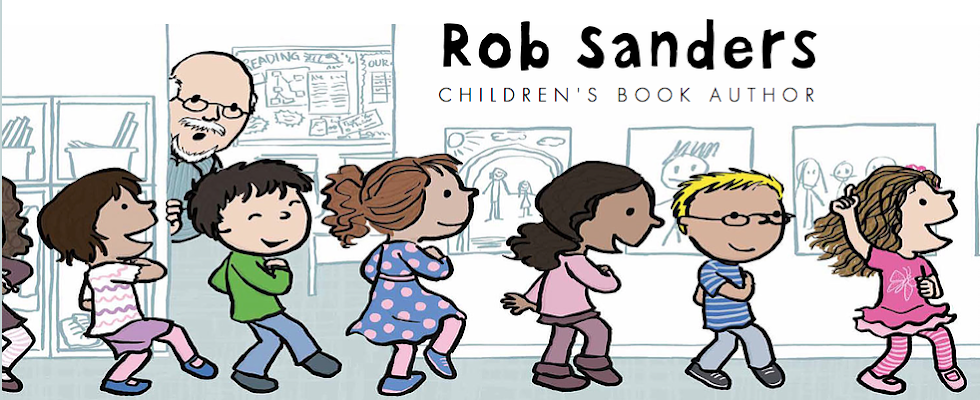Kindergarten Memories
When I was a five-year old, public schools did not offer kindergarten. So most kids entered first grade without any preschool or kindergarten experience under their belts.
My parents decided to send me to a private kindergarten. My Uncle Richard and Aunt Beck sent my “twin cousin” Linda (we were born two months apart) to the same kindergarten. So every day after my brother and sister, Butch and Patti, and Linda’s sister, Lou Ann, had gone off to Bingham Elementary School we headed for the Cherry Street Baptist Church kindergarten.
I don’t have tons of memories from that time, but I do remember lots of crayons, lots of making and doing, playing, puppets, singing, rest time, more playing, performing a holiday concert, reading books, even more playing, Windmill-shaped cookies, and our graduation ceremony with homemade hats and tassels. Kindergarten was a magical place.
Do you remember when kindergarten was . . .
. . . a place for socialization—at time to learn to work and play together?
. . . a place where play was consider the work children did?
. . . a place where a paint easel was sitting in a corner and every took turns
creating masterpieces?
. . . a place with a block center, puzzle center, a book center, and a home
living center complete with a small wooden stove, refrigerator, dining
room table, and baby bed?
. . . a place where a nap was encouraged?
. . . a place where your made things, grew things, tried things, and cooked
a tasted things?
. . . a place where free play was not only encouraged, but expected?
. . . a place where you used your imagination, made up stories, created
games, used whatever you had to do whatever you could dream up?
The kindergarten teachers I know (and I know lots of good ones) still want their students to have all those experiences, but they also have tons of expectations, learning goals, and outcomes to accomplish. Did you take tests during kindergarten? Neither did I. But that’s the nature of education today. Kindergarten can still be magical—but it takes lots of effort to make it happen. Things have changed.
Now I in no way begrudge teaching math concepts, letter and sound recognition, reading skills, and scientific method, or anything else to kindergarteners. But I do wish those five-year-old kids had more time to be kids.
That may be where picture book writers come in. Our books—the stories we tell and the illustrations we create—might just the thing to help teachers and kindergarteners rekindle some of the old magic of kindergarten. Our stories can . . .
. . . take them to places they’ve never been.
. . . introduce them to cultures they’ve never seen.
. . . let them imagine what could be, what might be, and what they wish
things could be.
. . . allow them to question and wonder.
. . . provide an opportunity for them to laugh hysterically, feel deeply, and
even once in awhile shed a tear.
. . . show them they are not alone—others have similar thoughts and
feelings, hopes and dreams.
. . . give them new games to play and ideas to explore.
Your writing and my writing has a bigger purpose than sitting on a book shelf. Our stories can do more than be a read-to-me before bedtime. Our books can compliment and complete the world young children find themselves in. We can provide the experiences they are missing and allow them to enjoy their childhood just a little bit more. Come to think of it, I guess that’s what picture books have always done.



